As I observe educators in other contexts begin to include pronouns by their names in Zoom meetings and email signatures, I’ve thought about how this increasingly common practice ties into recent discussions around how we can broaden diversity across our organization and continue to evolve and grow in ways that will better serve and support educators and youth. While including pronouns by our names [ex. Richard Frank (he/him); or Richard Frank (he/him/his)] may seem like an arbitrary gesture, it’s essential that we include active and explicit support of all types of gender identities and expression among our top priorities.
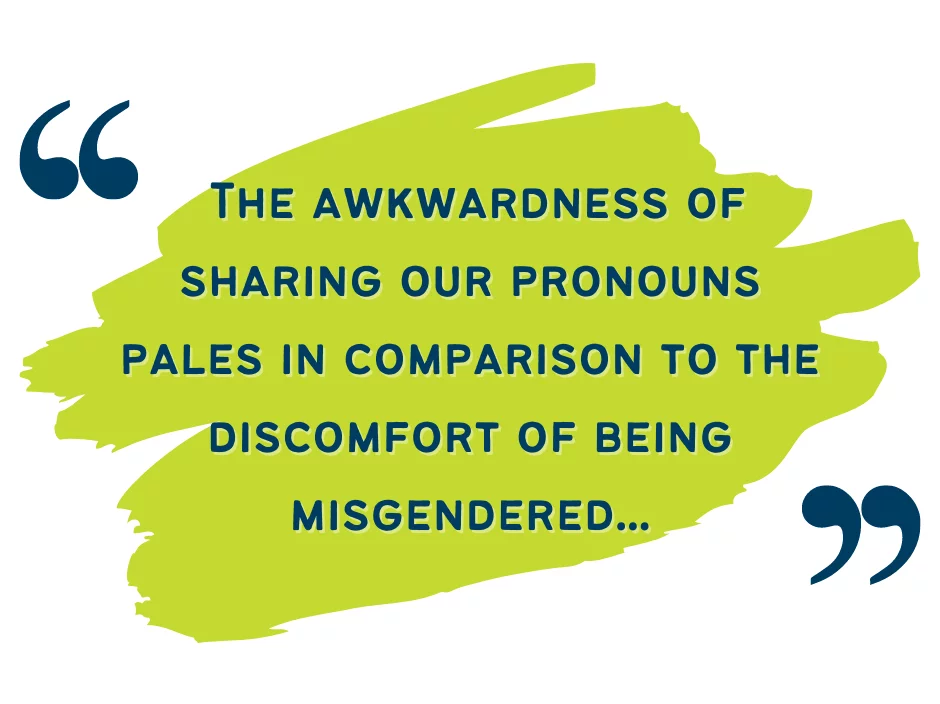
Trans and non-binary youth are disproportionately burdened with mental health inequities, whether or not they’re open about their gender expression at home or at school. It is our responsibility as educators to be mindful and take actionable steps, regardless of one’s own feelings or beliefs, to minimize the despair of youth in the throes of gender dysphoria. The use of gender affirming language, such as appropriate names and pronouns, has been associated with improved mental health outcomes, most notably in reducing depression and suicide risk.
Statistics to Consider
The Trevor Project 2022 National Survey on LGBTQ Youth Mental Health provides insights into some of the unique risk factors faced by our trans and non-binary youth that call for the necessity and urgency to openly question, deconstruct, and replace gender conforming norms.
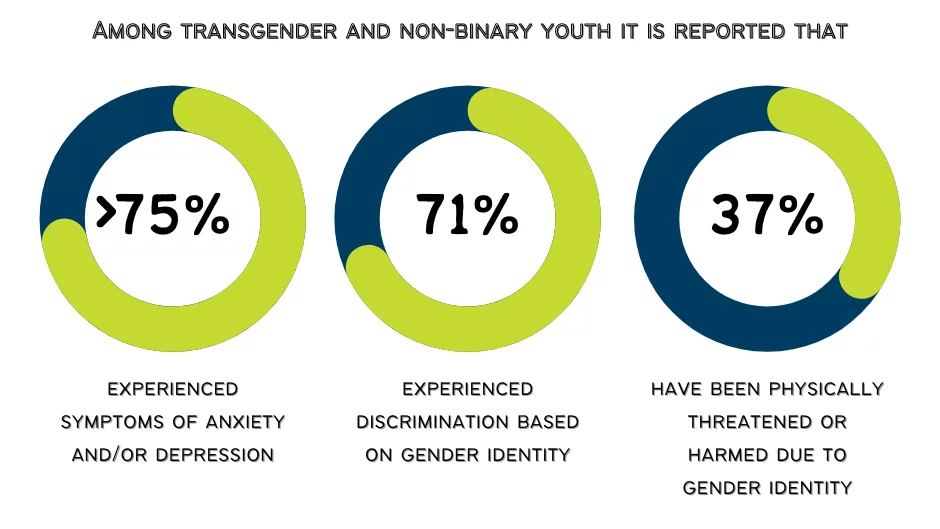
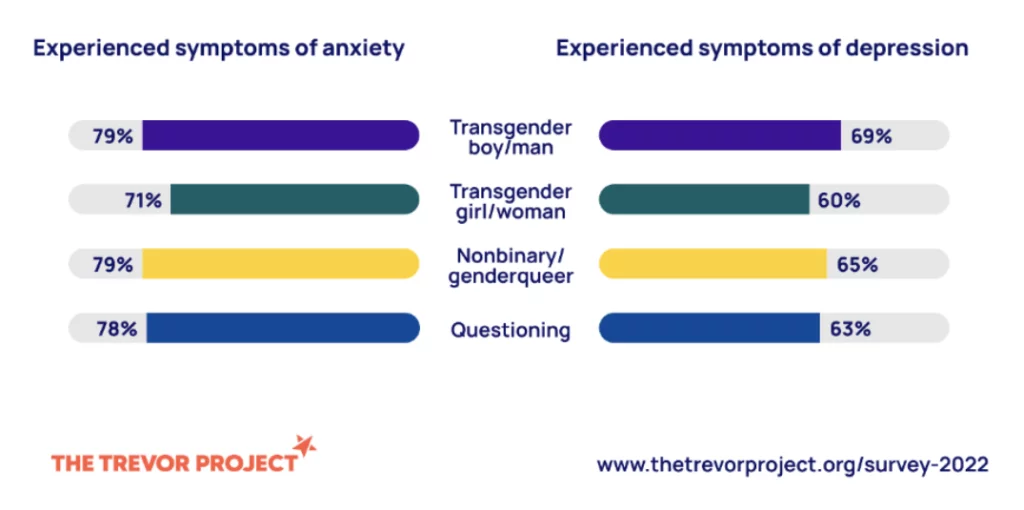
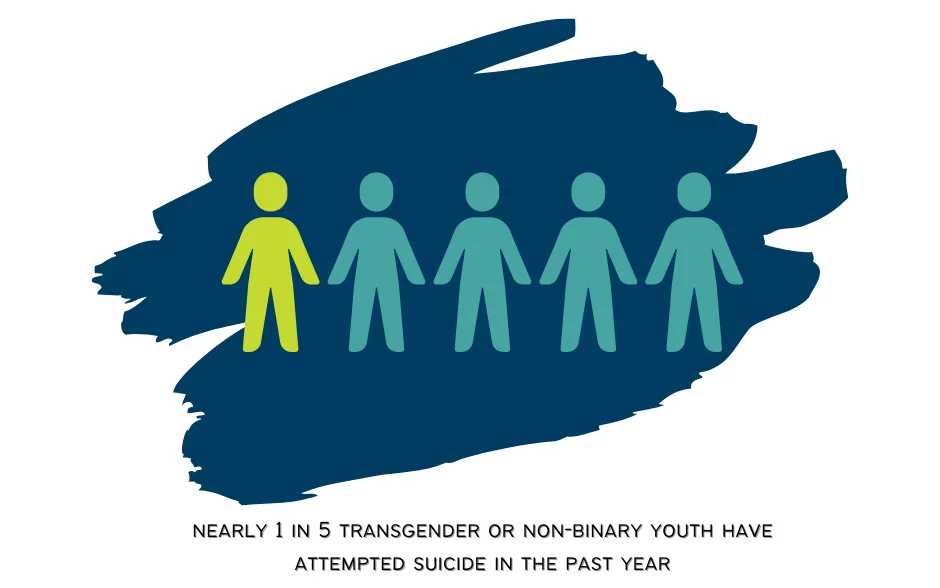
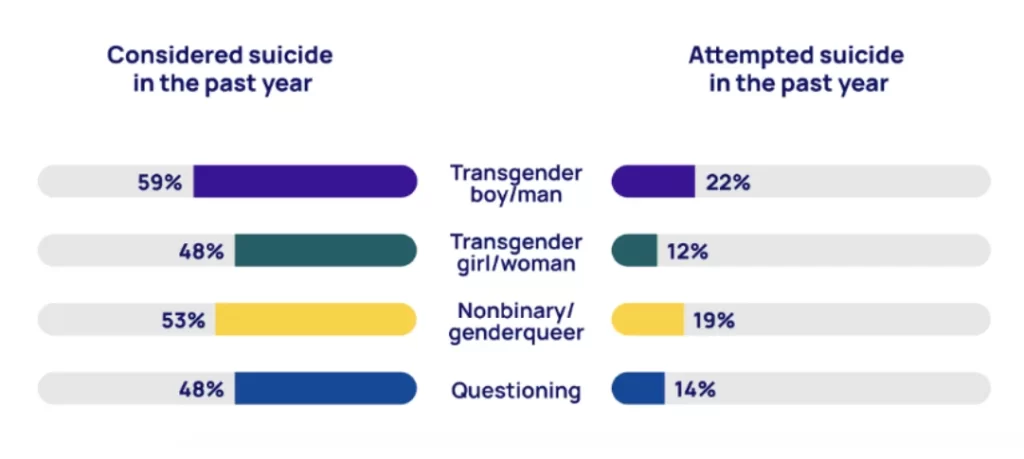
It’s key to remember when addressing a group of students or colleagues that although we can’t anticipate whether any one individual will identify in a certain way, we can anticipate that someone may identify in a manner that doesn’t match our assumptions. Because gender identity and expression aren’t always tied to sexuality or a visible rejection of the gender binary, it’s imperative to actively create and nurture a space where individuals who may wish to communicate an alternative identification feel safe and able to do so.
A Well-Meaning Mistake to Avoid
A common response to calls to include pronouns is, “Anyone who wishes to communicate an alternate gender identity is encouraged to share this.” Unfortunately, this places the onus of communication on the person with pronouns that may not align with how others perceive them. This may lead to potentially unwelcome questions or attention. For example, if a colleague who presents as male uses “they/them” pronouns, they may not feel comfortable labeling themselves as such in an email signature or meeting, given that such gender expression can often be met with disapproval or rejection. Even an affirmation that “All are welcome here” doesn’t prevent discomfort or unsafe situations from potentially arising.
Taking the First Step Towards a Gender-Inclusive Environment
One easy way to create an environment where all individuals feel welcome to share their gender expression is to establish an expectation that anyone who feels comfortable doing so is encouraged to share their pronouns in an introductory setting. This removes the responsibility from the educator or student with an alternative identity or expression. This shows, rather than tells, that an environment is a safe and supportive one. Requiring all individuals to share pronouns may be harmful as well. It is everyone’s right to choose when and where they acknowledge their gender identity. Above all, it’s important to remember that for cis people, the awkwardness of sharing our pronouns pales in comparison to the discomfort of being misgendered, accidentally or not.
Additionally, as we discuss our responsibility to build a more diverse organization, it’s crucial to include sexual and gender identification in our expectations for an ideal team-building framework. We’re living in a moment where sexual and gender norms are exploding and being rebuilt by younger generations. We must be an informed and appropriately representative resource for the clients and communities we serve.
A shared language with our students helps validate diverse ways of thinking, feeling, and being. At the very least, it can provide some relief from the inherent confusion in a young person’s realization that their identity breaks from what is considered “the norm”.
By Dr. Richard Frank, Program Lead, Associate, CT3 & Isaiah Frank, actor and writer in New York City
Check out CT3 Education programs such as No-Nonsense Nurturer, Real Time Teacher Coaching, and Real Time Leadership Coaching to find out more about Professional Development for Teachers and Leaders, classroom management strategies, and building relationships with students and their families, and properly addressing important issues in the classroom and school.
Category: Change, Relationship Building


